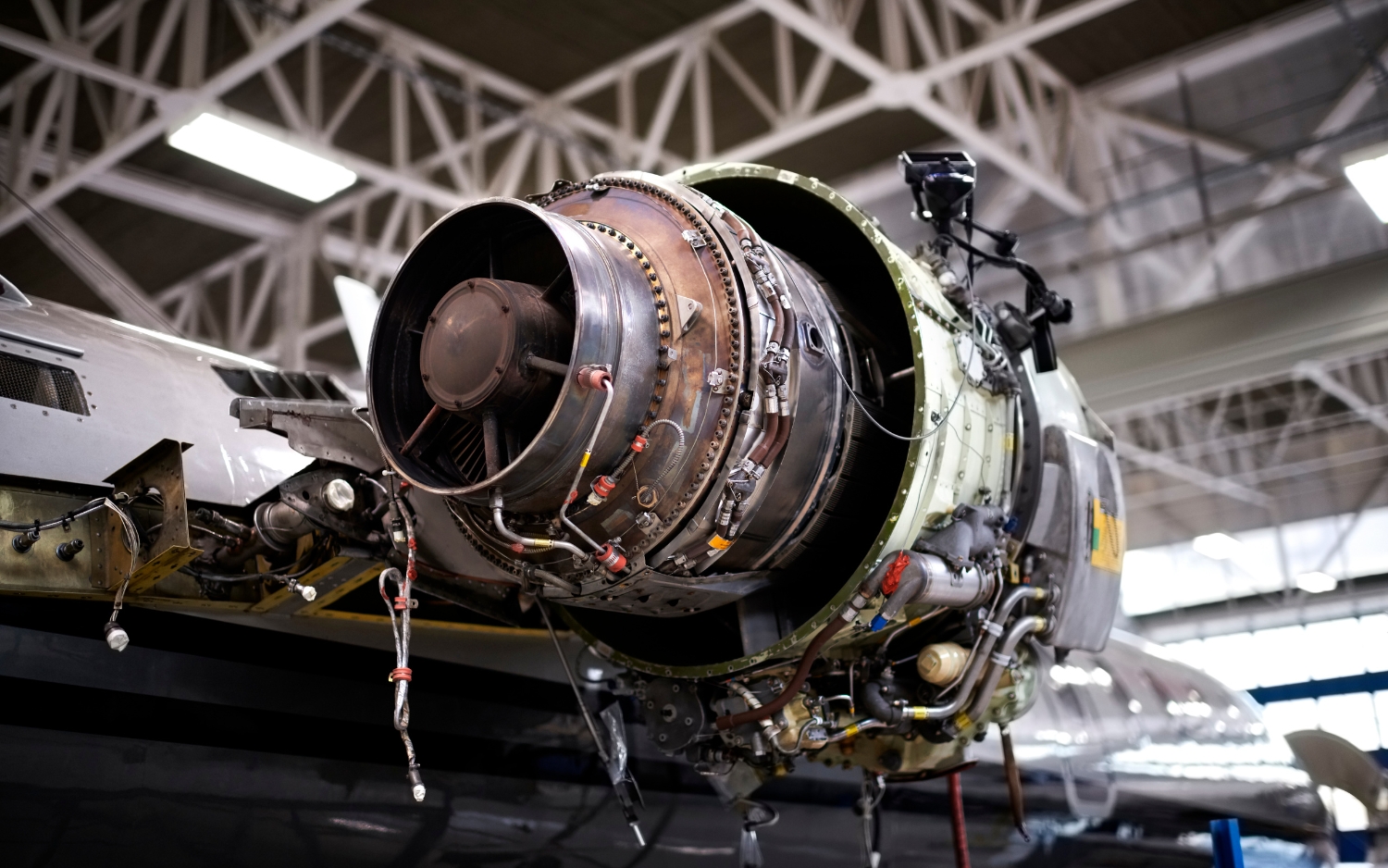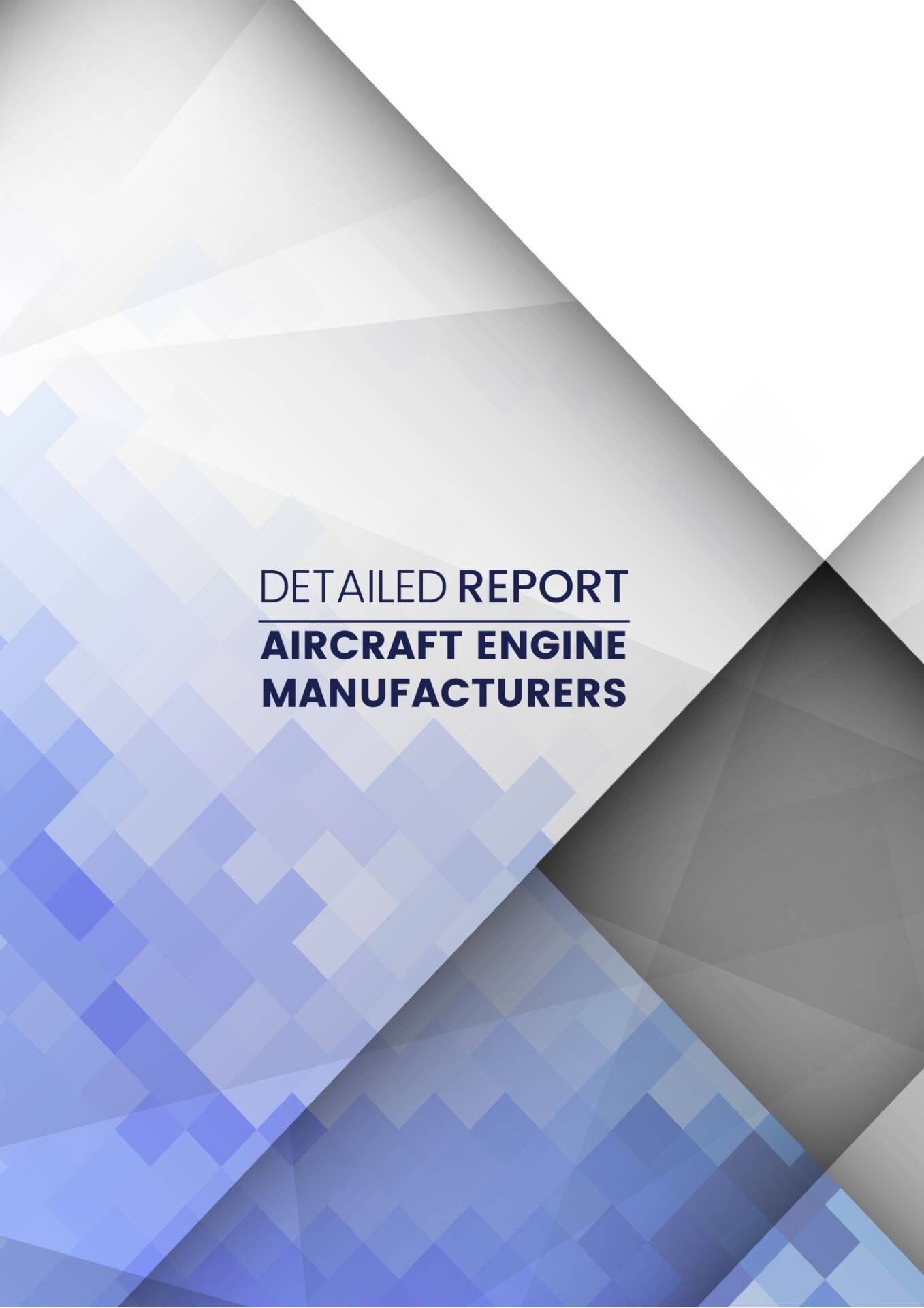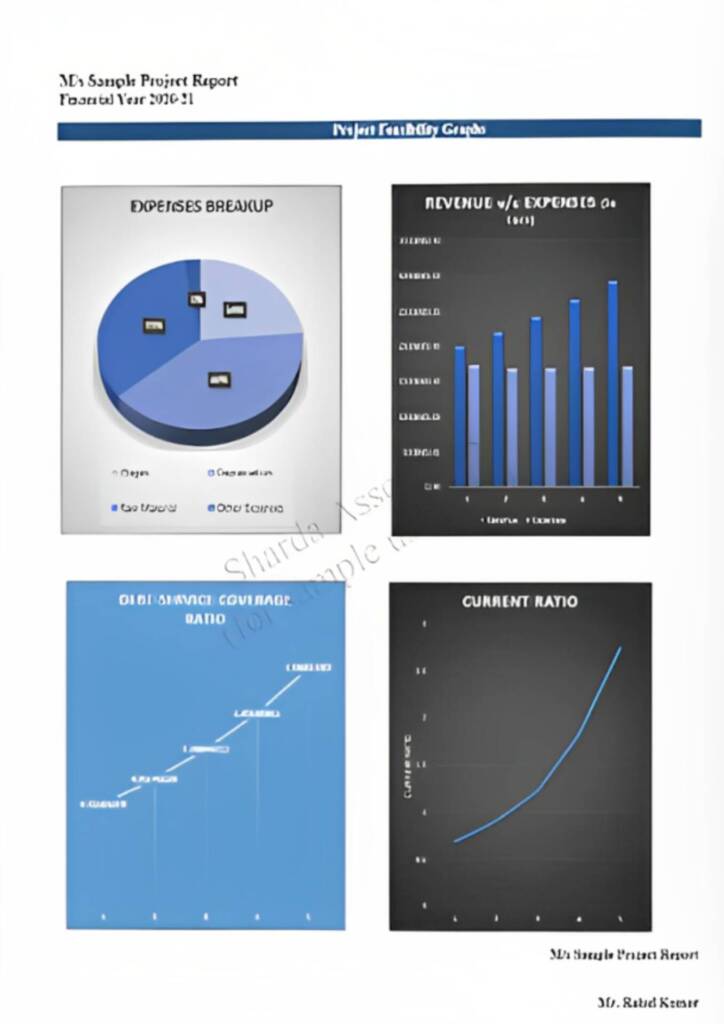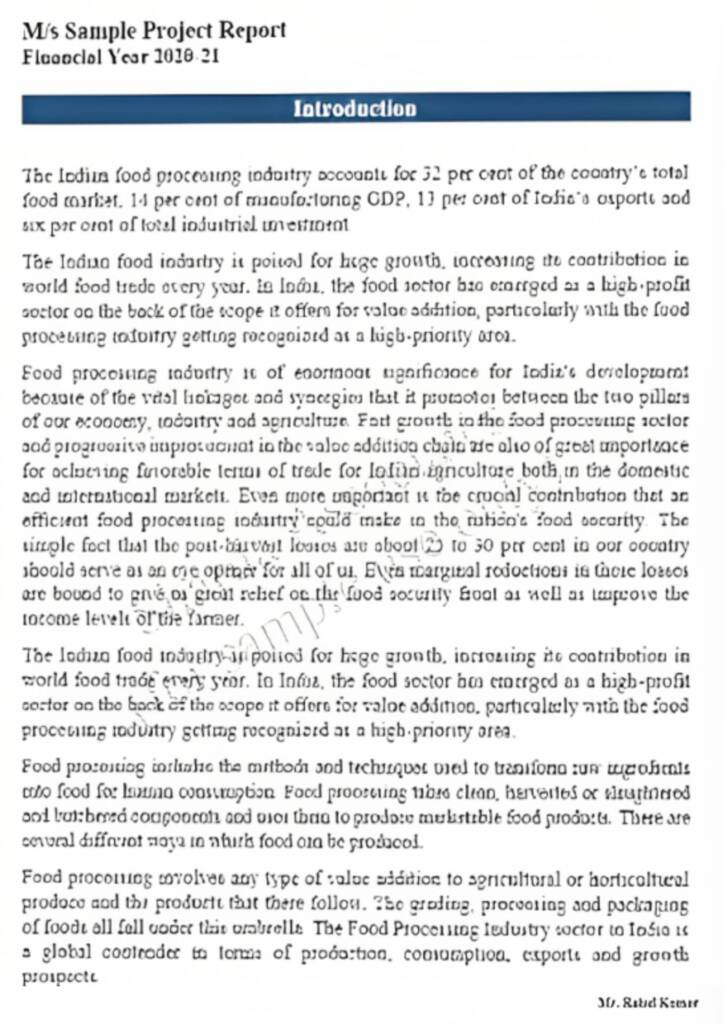Detailed Report On Aircraft Engine Manufacturers
Aircraft Engine Manufacturers design, produce, and maintain engines for airplanes and aircraft. These engines are the heart of aviation, ensuring safe and efficient flight, and play a critical role in the aerospace industry.
Introduction
Detailed Report on Aircraft Engine Manufacturers is as follows.
Aircraft engine production is a complicated and critical process that involves designing, manufacturing, and assembling engines that power a wide range of aircraft, including commercial jets, military jets, helicopters, and private planes. These engines are an aircraft’s heart, delivering the thrust needed to propel the aircraft into the air while also ensuring the aircraft’s safe and efficient operation. The construction of aircraft engines is preceded by extensive research and development. Engineers and designers work to create innovative engine designs that include cutting-edge technologies, materials, and manufacturing techniques to increase performance, fuel efficiency, and safety. In this process, computer simulations, prototyping, and rigorous testing are utilized to confirm designs before they move into production.


When the design is completed, the production process begins. To withstand the extreme temperatures and forces experienced during flight, precision engineering and the usage of high-quality materials, often exotic metals, are sometimes required. During the production process, strict quality control measures are used to verify that each engine meets high safety and performance criteria. Aircraft engines are sometimes made up of hundreds or even thousands of discrete components that have been meticulously developed and verified prior to assembly. In this sensitive operation, qualified professionals and advanced equipment are required to assure precision and consistency.
The development of an airplane’s engine also involves close coordination among numerous suppliers and manufacturers that make various parts and components such as turbine blades, compressors, combustion chambers, and exhaust systems. These parts are then painstakingly integrated to form a full engine assembly. The last stage of plane engine production includes thorough testing to ensure the engine’s performance and safety. Test engines are exposed to simulated flying conditions, endurance testing, and extreme situations to assess dependability and durability. Only after these tests have been completed will an engine be approved for usage in commercial or military aircraft.
Detailed Report Sample On Aircraft Engine Manufacturers



Market Potential Of Aircraft Engine Manufacturers
The worldwide aircraft engine market was estimated at USD 49.01 billion in 2021, with a CAGR of 10.87% predicted from USD 54.34 billion in 2022 to USD 137.54 billion by 2030.
The global aviation engine industry is predicted to grow as demand for more efficient and comfortable passenger and freight aircraft grows. Even though commercial demand is stronger, aircraft engines are anticipated to play a larger part in the military sector’s fight against drug trafficking, illegal infiltration, and terrorism. To keep up with the growing number of airline passengers, aircraft engines might be installed in newly constructed commercial aircraft at an increasing pace in the commercial sector.
Furthermore, the increased focus on decreasing carbon emissions has diverted attention away from the development of new aircraft engine types like as electric or hybrid engines, which are predicted to drive market growth. End-user, technology, and region are the three categories of the worldwide aircraft engine market. There are two types of airplane engines on the market: commercial and military. Based on technology, the aviation engine industry is classified into two categories: conventional engines and electric/hybrid engines.
The need for aviation engines that are more fuel efficient, compact, and lightweight is growing. Airlines have increased their fleet size in response to growing demand for air travel. The market is likely to grow as a result of the need for new aircraft. The construction of aircraft engines is a high-stakes industry that need ongoing innovation as well as stringent adherence to norms and environmental regulations. The demand for improved fuel economy, reduced emissions, and quieter engines drives continuous research and development. As aviation technology advances, aircraft engine manufacturers play an important role in shaping the future of air travel by developing engines for the next generation of aircraft.

Contents of Project Report
A project report helps you identify whether a project is worth pursuing. It presents the holistic view and brings complete insight of the business and its activity.
It acts as a guide for all the business operations, aids in taking all financial decisions related to the existing businesses and to the start-ups. It serves as roadmap to the business and provides information to the outsider who are wanting to know more about the business.
You will have the opportunity to build new goals and expansion ideas in one single document. Everyone, from the banks to potential investors, will need to have a look at the project report before they shell out any money.
A well drafted project report generally consists details about:
- Brief History of the Business
- The Promoters
- SWOT Analysis
- Industry Outlook
- Past Financial Statements
- Projected Financial Statements
- Infrastructure and Human Resource required
- CMA data
- Business model
- Requirement of Working Capital Funds
- Means of Finance
Other relevant information, if any.
